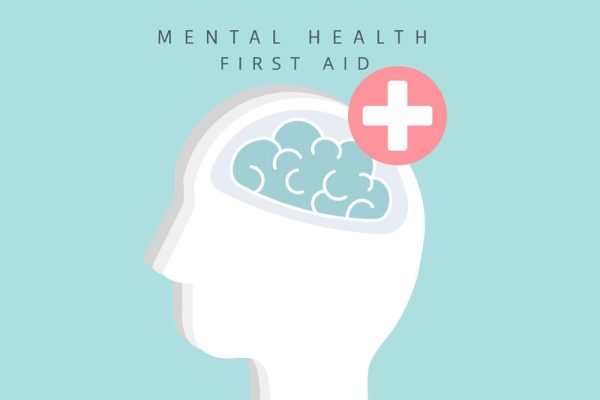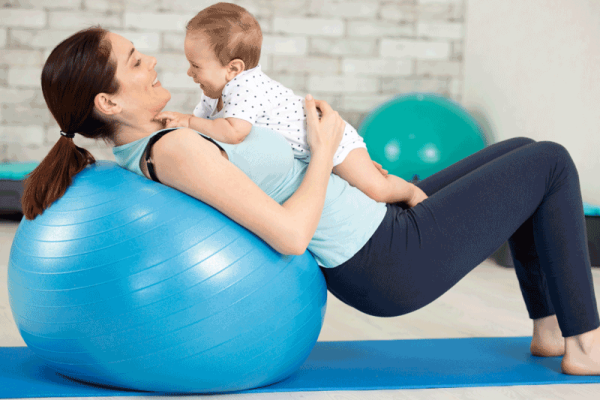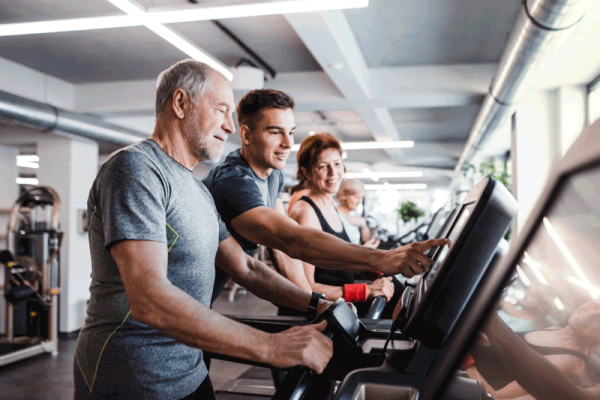

In association with


In association with


In association with


In association with


In association with


In association with


In association with
© ICSESP, 2025